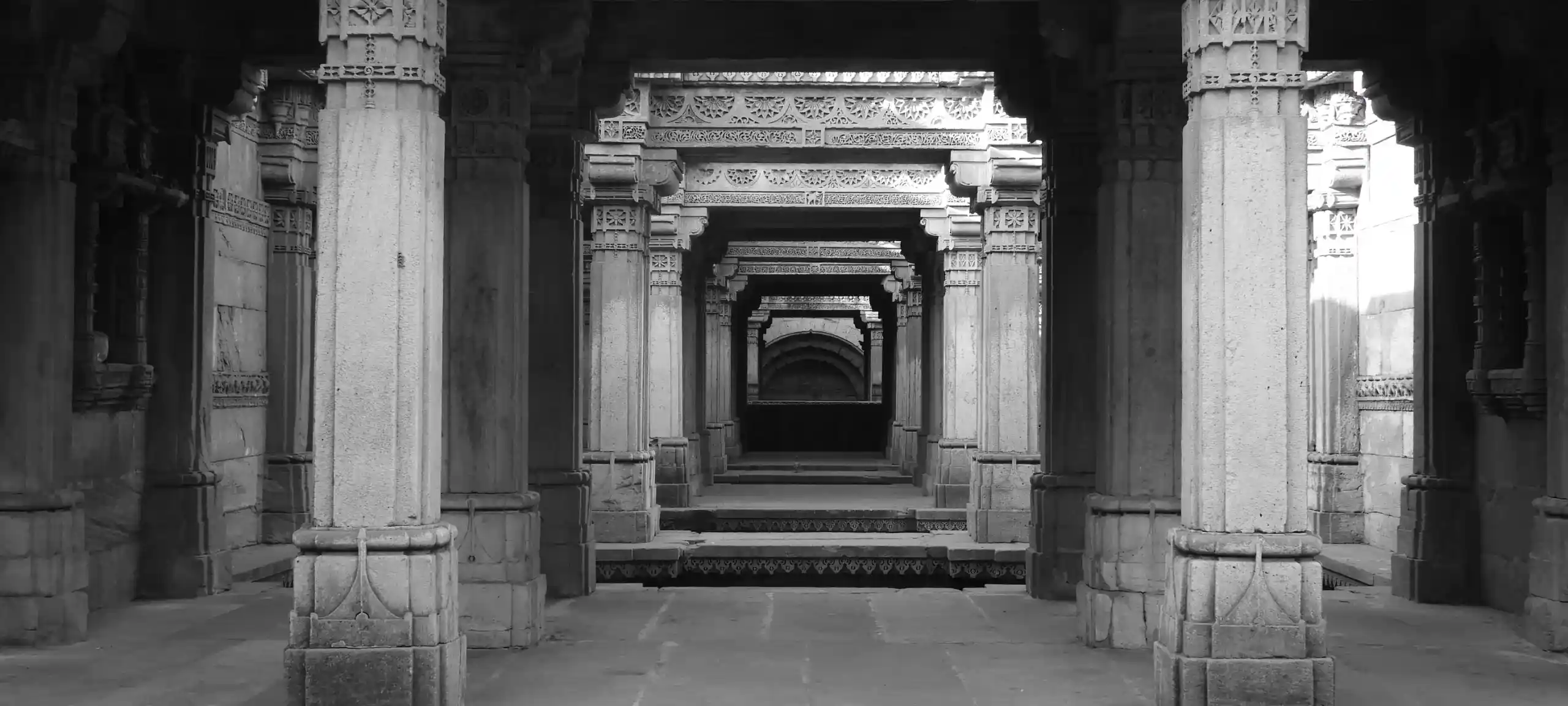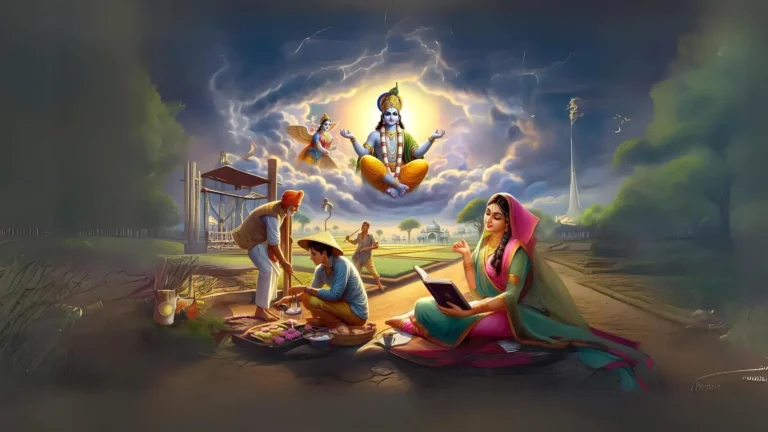Please Like the Blog and Share it for Maximum Reach
Table of Contents
Bhakti vs Jnana: What separates Jnanis from Bhaktas?
The war of Bhakti vs Jnana is age old. There is a difference that separates Bhaktas from Jnanis although there is similarity in a subtle way. Jnanis are more inclined to the superior, exceptional qualities (like dharma, tapas, satya, mugdha, brahmacharya, vairagya, etc), prescribed in the Shastras.
On the other hand, bhaktas establish an unconditional relationship with the Supreme Lord who is full in all respects either through parental affection, friendship, dedicated servitor, or that of a faithful companion.
Now many times we get definitions of Jnanis and Bhaktas wrong. Broadly Jnanis are perceived as atheists while Bhaktas, sentimentalists. We do find majority of these sections in the spiritual field.
But, it is important to note here that seldom do we get to meet a true Bhakta or a Jnani. Now a days, a Jnani opposes a Bhakta and vice-versa. So, this is a harsh conclusion to arrive at.
Bhakti and Jnana must go hand in hand
But it is a fact that people of such opposing mindsets, who contradict one statement of the shastra while accept another are yet to mature in their spiritual journey.
We can understand the deep union of Jnana and Bhakti by taking references from the scriptures and taking perfect examples of both Jnanis and Bhaktas.
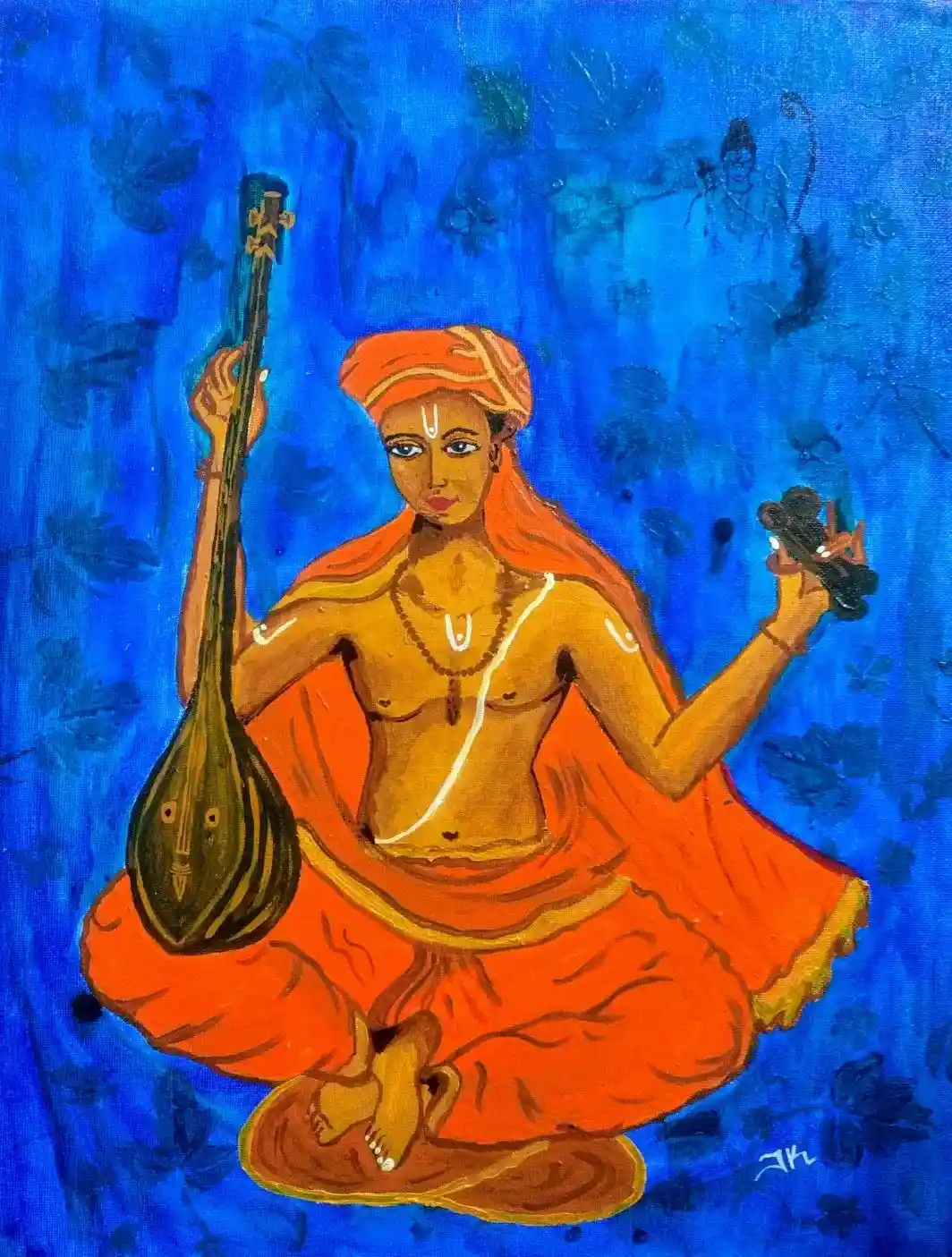
People of modern Kali Yuga do not qualify to the standard of the Shastras, as they carry contorted ideas about these two paths, owing to their own set of short-comings and cover-ups. Although people evolve in spiritual understanding, some forcibly stick to their former assumptions which have got them to the world stage. Such people hold a societal position or are world leaders/gurus.
The Premise of a Jnani rests on Two fundamental principles
1) A Jnani is a truly knowledgeable being, he is inundated with the knowledge of the Supreme.
2) His realizations coincide with that of the Shastras.
Some perfect examples are a) Adi Shankara, b) Vashista and c) Vishwamitra.
Bhakti vs Jnana: Signs of a perfect Jnani

Let us understand each of their spiritual mindset which reflects Jnana the most, but it is subtly, ingrained in Bhakti as well.
Bhakti vs Jnana: A brief on Adi Shankara’s Bhakti works
Adi Shankara is none other than the incarnation of the Supreme Lord Shiva.
He is a Parama Jnani and hence doubting his philosophy means fanning ignorance into our lives. If a person condemns Adi Shankara’s philosophy without reading deep enough, he is in utter darkness.

His purpose of incarnating was to re-establish the Vedic Shastras for other anti-sanatana dharma religions that had deluded the common man. The Vedic Shastras which in a nutshell represents Adi Shankara’s philosophy.
It is a reservoir of Jnana. Externally he propagated the impersonal aspect of Bhagawan (formless). However, if we take a closer look at his various works, he is a great appreciator of the form aspect of that impersonal God.
He has composed, Ranganatha Ashtakam and Lakshmi Narsimha Storam where he mentions about Sayujyam which is oneness with the ‘form’ of the Lord.
However, We see a deeper aspect of Bhakti in his work:
Uma Maheshwar Stotram where he says that the chanter will attain the ‘abode’ of Uma and Maheshwara. By analyzing these works we realize that he is glorifying the Lord’s physical attributes.
Bhakti vs Jnana: Adi Shankara mentions about form, name and Abode of Bhagawan
Today, people in the name of Advaita, blaspheme the form aspect.
In Ranganatha Stotram and Lakshmi Narsimha Stotram Adi Shankara describes the form.
Now, here people might misinterpret this statement of Sayujya. Becoming one with the Lord indicates close proximity with the Lord. Merging with the Lord does not mean suspension in his form.
According to the Vedic statements, the name, form, abode, pastimes, etc of Bhagawan are all one in the same. So, whether he writes Sayujya or abode it means the same.
We must know that Adi Shankara’s works are prone to misinterpretation for it integrates all aspect of Vedic scriptures which might be difficult to comprehend by many people. Therefore, Adi Shankara talking about Sayujya is nothing but service as perceived by Bhaktas.
Similarly, in Uma Maheshwara stotram, Adi Shankara ends it by writing: “One shall attain the abode of Lord Shiva and Parvati, Kailasa.”
The typical modern-day Jnani says there is no form, no loka, no Bhagawan. But, this simply proves the shallowness of one’s understanding. Adi Shankara’s philosophy is actually very heavy to understand and implement.
You cannot preach to others. It is for yourself to understand and relish.
His philosophy is extremely concentrated Jnana and Bhakti, so deeply intertwined with each other that the common man finds fault with the philosophy itself. They call it misleading. Hence, it is wrong to blame the teaching to cover one’s own inability to decode the philosophy.
Test your Alignment with the Spiritual Subject Matter (only 7 Questions)
The scores generated in this Quiz are relative. There are no right or wrong answers. A percentage towards 100 indicates that you are more aligned to the overall subject matter
Bhakti vs Jnana: Vasistha and Vishwamitra were Jnani-Bhaktas
Vasistha was the family priest of the Raghu Clan. He believed in the impersonal which is synonymous to the qualities discussed above in the beginning of the post.
Vasistha is a man of Dharma, keenly inclined towards qualities like Satya or truthfulness. He appreciated them since they fell in line with scriptural injunctions.

But, to practically relish the impersonal aspect, his father Brahma asked him to serve as a family priest of the Raghu dynasty for his object of worship, (the qualities) is about to incarnate as Sri Rama.
So, Vasistha is a Jnani as he very well decodes the scriptures. But at the same time he is a Bhakta for he participated in the Ram Leela.
He practically witnessed the unity of Jnana (Sri Rama) and Bhakti (Srimati Sita Devi) in the Sita Swayamvar.
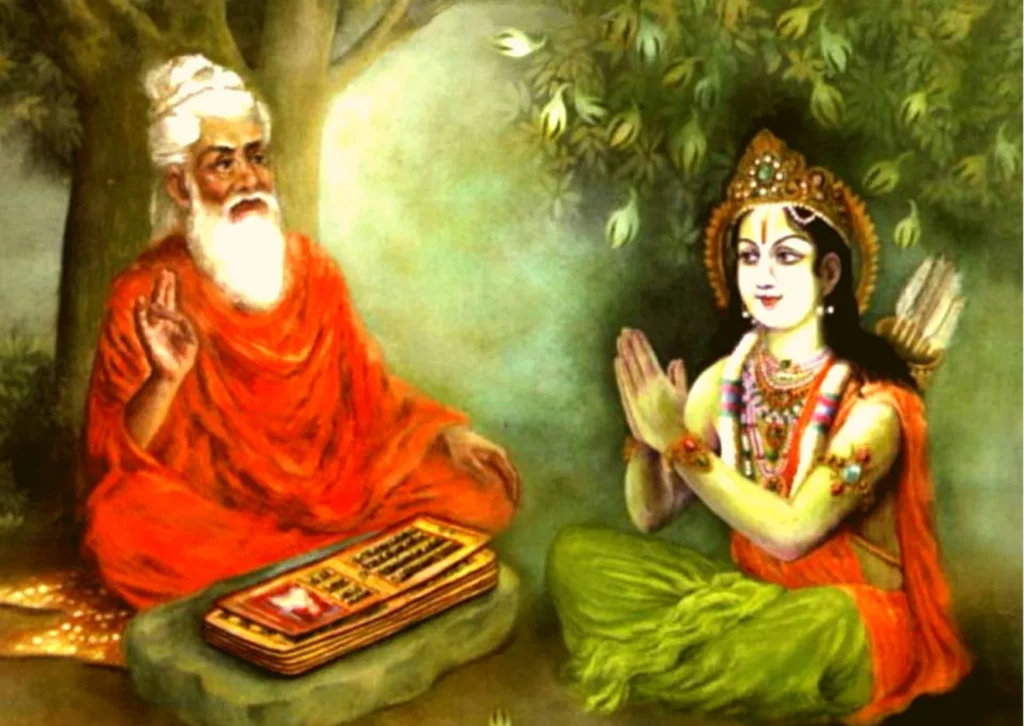
Bhakti vs Jnana: Bhakti should be internal
So, along with participating like a Bhakta, organizing for the marriage ceremony he stayed established in the ultimate truth that Sri Rama is Brahman, the repository of exceptional virtues. He plays the role of a sevaka or devotee by serving the royal family, while he also holds the post of a guru which is a symbolic representation of a Jnani.
When he says Ram is Brahman, it doesn’t mean that Ram is formless. But, instead it means that the formless, (qualities of Dharma, Satya, Veer, etc) has embodied itself and incarnated as Sri Rama.
Here, Sri Rama’s form fascinated Vasistha like a Bhakta. But, the basis of that attraction is Jnana. The ideal qualities as prescribed in the Vedic Shastras in the form of Sri Rama.
So, he is another example of a Jnani who is fundamentally drawn due to his love (Bhakti) for the qualities (formless) aspect.
Bhakti vs Jnana: An emotional view of Vishwamitra
Indeed, Vishwamitra qualifies as the third example of a Jnani-bhakta. In the Ramayana, he plays a major role in the growing years of Sri Rama. He is a Brahma Jnani. Like Sri Vasistha, he is wonderstruck to see the perfect embodiment of the Vedic teachings in the form of Sri Rama.
He expresses His love for Brahman by displaying parental affection for Sri Rama while they were in the forest. In Valmiki Ramayana, there are episodes where he narrates stories of devatas to the two brothers, just like a parent does to his children. He strikes a loving relationship through his various gestures like glancing at Sri Rama’s face when his is asleep and caressing him with his hands.
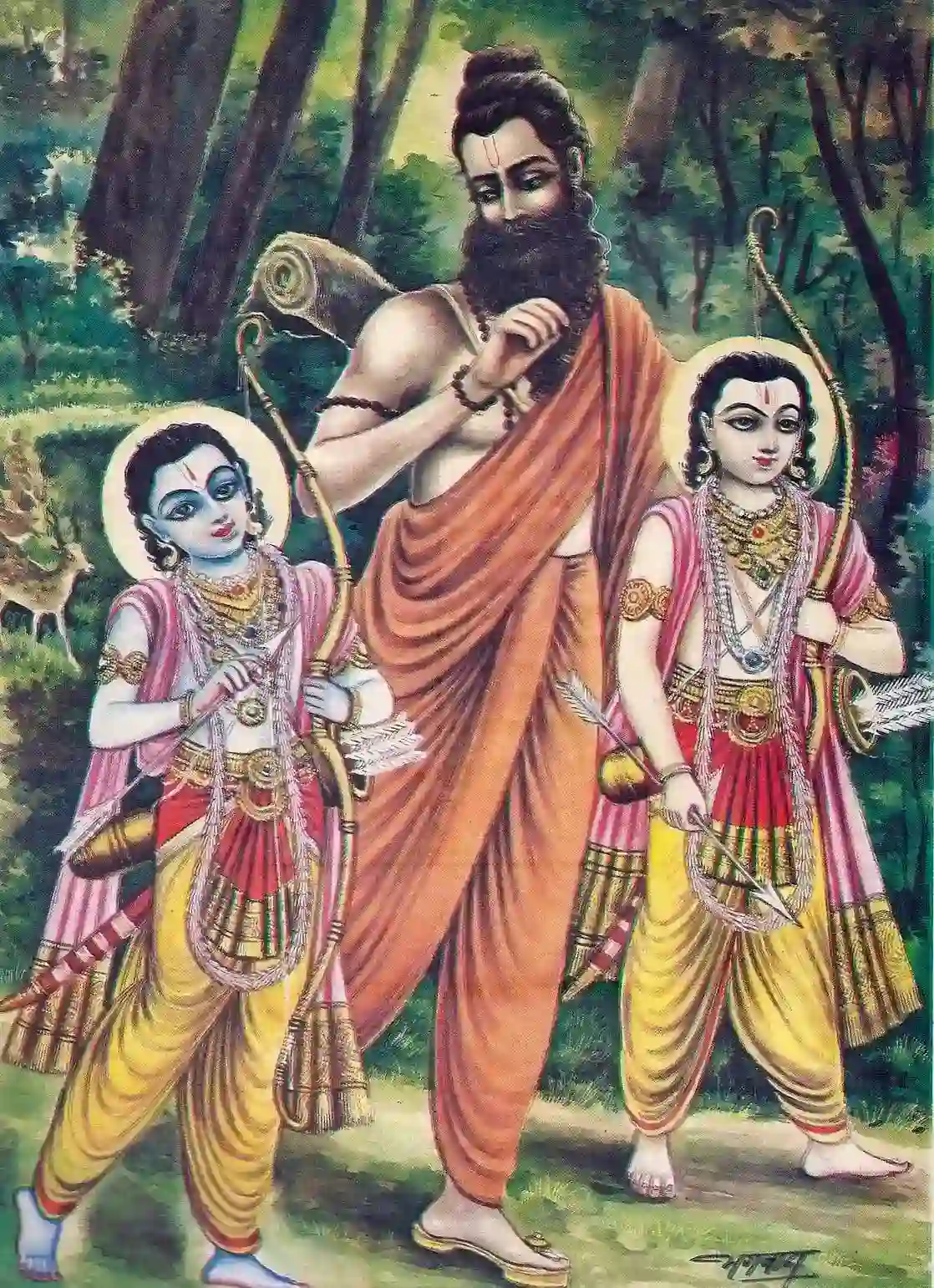
However, this is a very personal mood of Vishwamitra which not many people know of, until one takes up in depth study of the Ramayana. The general conception among people about him would be that of a strict Sage.
These examples prove that a true Jnani is a Bhakta by heart although, externally he appears grim and serious.
Please Like the Blog and Share it for Maximum Reach

